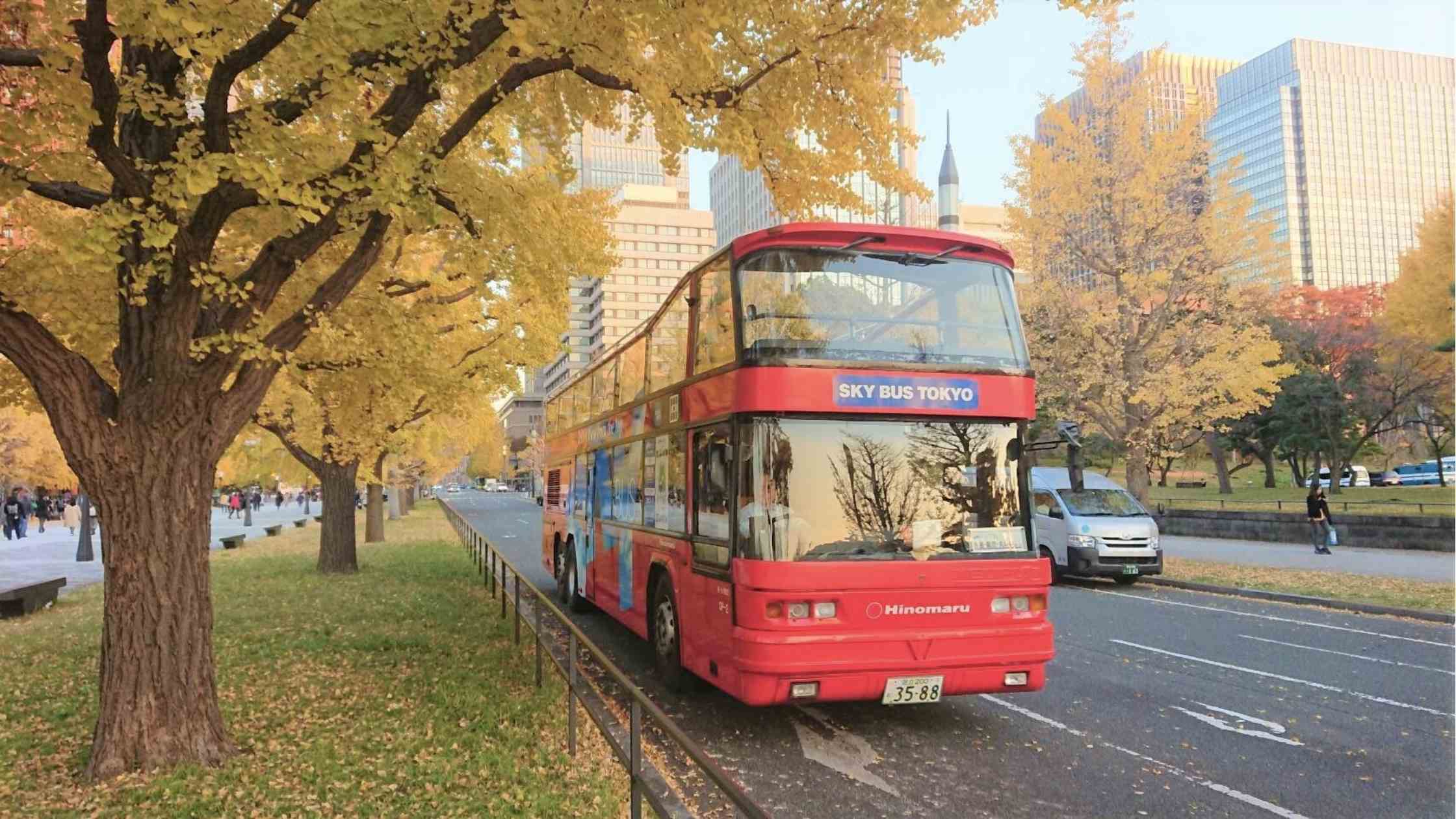About Meiji Jingu
Important to know about Meiji Jingu –
Meiji Jingu is a Shinto shrine in Tokyo, Japan. It is in the Shibuya neighborhood. The shrine is for Emperor Meiji and Empress Shken, who was his wife. It was built in 1920 to honor Emperor Meiji, who was in charge of Japan from 1867 to 1912 and did a lot to modernize the country during that time.
Meiji Jingu is one of Japan’s biggest and most well-known shrines. It is surrounded by a large forest that is 170 acres in size. The shrine complex is a popular place for traditional Japanese weddings and other events. It also has traditional Japanese architecture. Shinto rituals and customs can be done by visitors, like making offerings at the main hall, writing wishes on wooden plaques, and getting clean at the temizuya (purification fountain).Meiji Jingu is also known for its beautiful gardens and quiet atmosphere, which makes it a popular place for both locals and tourists to go to get away from the busy city and relax.
The shrine is open all year and is free to visit.Overall, Meiji Jingu is an important historical and cultural site that shows the spiritual and cultural history of Japan.
History of Meiji Jingu
Meiji Jingu is a Shinto shrine in Tokyo, Japan. It is in the Shibuya neighborhood. The shrine is for Emperor Meiji and Empress Shken, who was his wife. It was built in 1920 to honor Emperor Meiji, who was in charge of Japan from 1867 to 1912 and did a lot to modernize the country during that time.
Meiji Jingu is one of Japan’s biggest and most well-known shrines. It is surrounded by a large forest that is 170 acres in size. The shrine complex is a popular place for traditional Japanese weddings and other events. It also has traditional Japanese architecture. Shinto rituals and customs can be done by visitors, like making offerings at the main hall, writing wishes on wooden plaques, and getting clean at the temizuya (purification fountain).
Meiji Jingu is also known for its beautiful gardens and quiet atmosphere, which makes it a popular place for both locals and tourists to go to get away from the busy city and relax. The shrine is open all year and is free to visit.
Overall, it is an important historical and cultural site that shows the spiritual and cultural history of Japan.
Ways to reach Meiji Jingu

Tokyo, Japan’s Shibuya district is home to Meiji Jingu. The shrine can be reached in a number of ways, including:
- By train: The JR Yamanote Line and the Tokyo Metro Chiyoda Line stop at Harajuku Station, which is the closest station to Meiji Jingu. The shrine is a five-minute walk from the station.
- By bus: The Tokyo City Bus and the Toei Bus, among other bus lines, have stops close to Meiji Jingu.
- By taxi: Taxis are easily accessible throughout the city of Tokyo, and you can hail one and have it transport you straight to Meiji Jingu.
- By bicycle: You can rent a bike and ride to the shrine if you’d want to travel that way. Bicycle rental businesses abound close to Harajuku Station.
- By foot: Meiji Jingu is accessible on foot from a number of areas throughout the city due to its central location in Tokyo.
You may anticipate an easy and accessible journey to Meiji Jingu regardless of your mode of transportation. No matter where you are coming from, it is simple to get to the shrine because it is well-signposted and has a variety of transportation alternatives.
Do's And Dont's in Meiji Jingu
Meiji Jingu is a Shinto temple, so in order to honor the shrine and its visitors, visitors should be aware of the following rules and etiquette:
Do’s:
- Take off your shoes: Guests must take off their shoes before entering the shrine’s main hall. A set of plastic slippers will be provided for you to wear inside.
- Bow and make an offering: It is typical to bow twice in the main hall, clap your hands twice, bow again, and place a small donation of cash in the offering box.
- When visiting Meiji Jingu, visitors are urged to dress modestly. Avoid wearing too-revealing attire, such as short skirts or bare shoulders, and cover your shoulders.
- Meiji Jingu is a place of peace and tranquillity, thus visitors are kindly requested to observe silence and respect at all times.
Don’ts:
- Don’t take pictures within the main hall: In order to preserve the holiness of the shrine’s main hall, photography is not permitted inside.
- Eat and drink outside of the shrine: Visitors are urged to refrain from eating and drinking outside of the shrine while they are there.
- Do not touch or lean on the shrine structures. It is rude for visitors to touch or lean on the shrine structures.
- Do not litter: Visitors are asked to place their trash in the designated trash cans since littering is not permitted inside the temple.
Visitors can contribute to keeping Meiji Jingu sacred and tranquil by abiding by these dos and don’ts, ensuring that the shrine is always treated with respect and reverence by all who enter.



Comment (0)